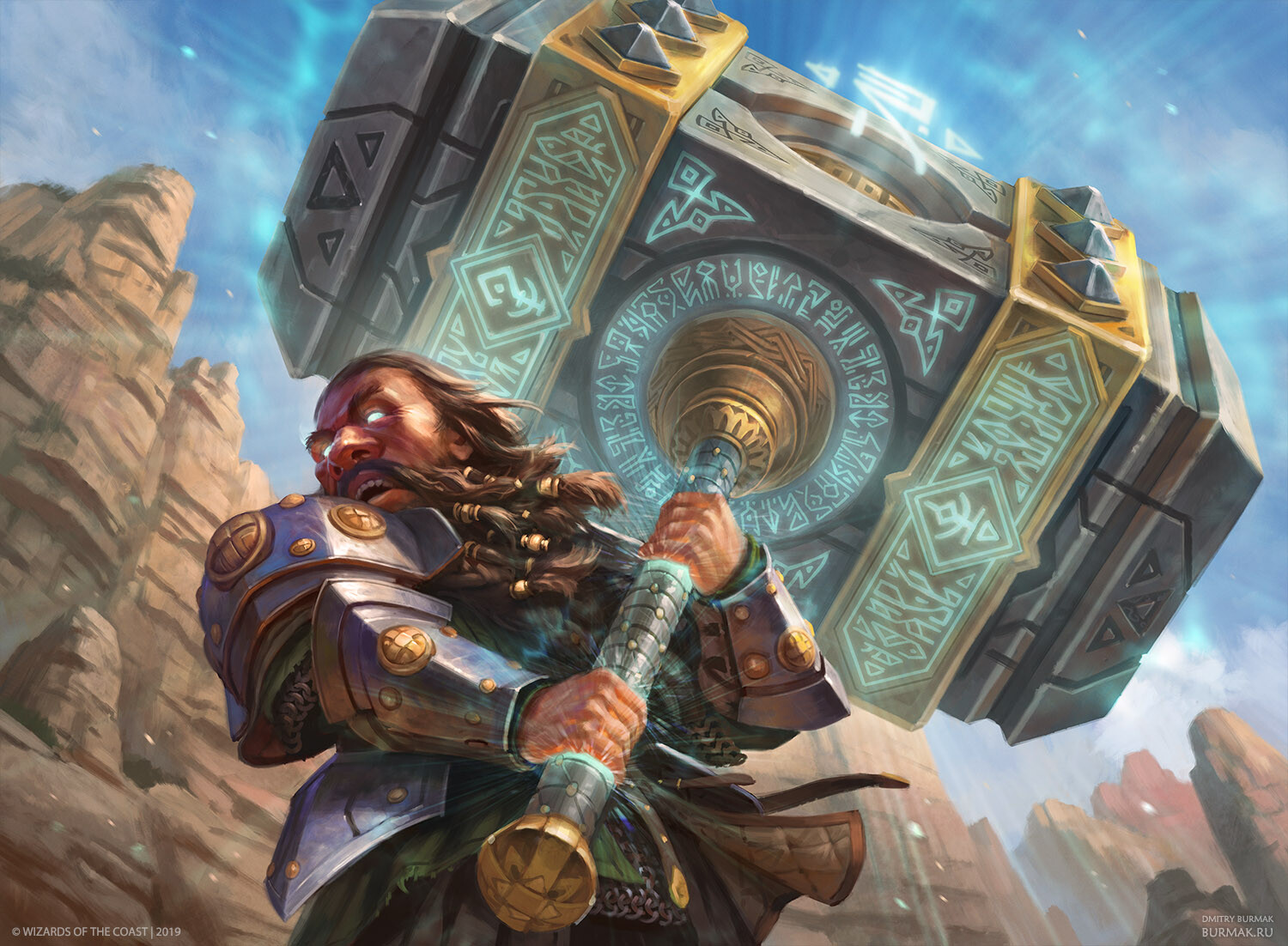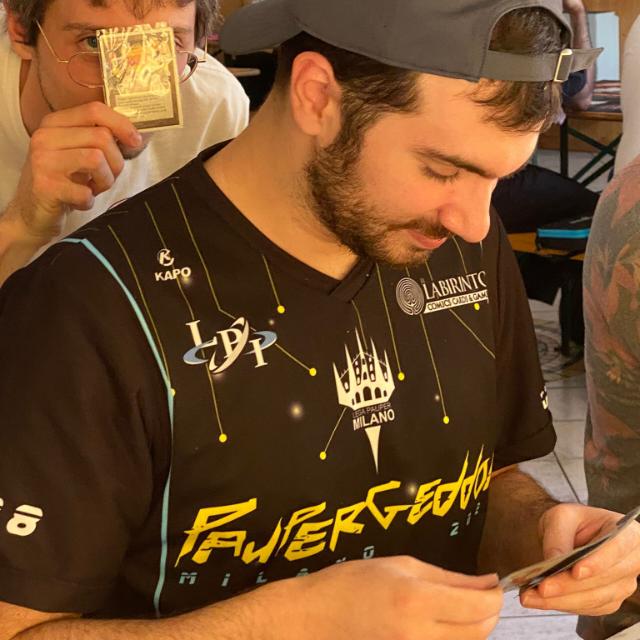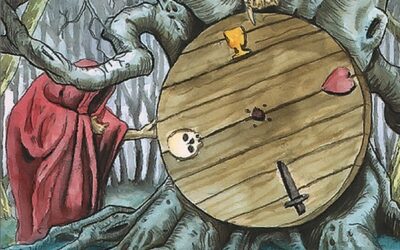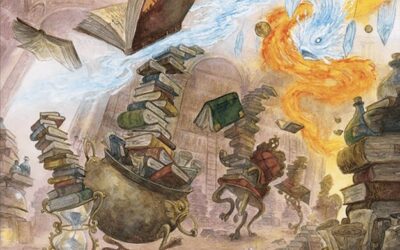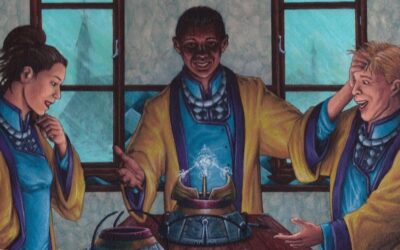The link to the original article by Pietro Bragioto can be found here
Translation by Lorenzo Di Grazia
______
Announcement’s Date: January 20, 2022
Atog is banned.
Bonder’s Ornament is banned.
Prophetic Prism is banned.
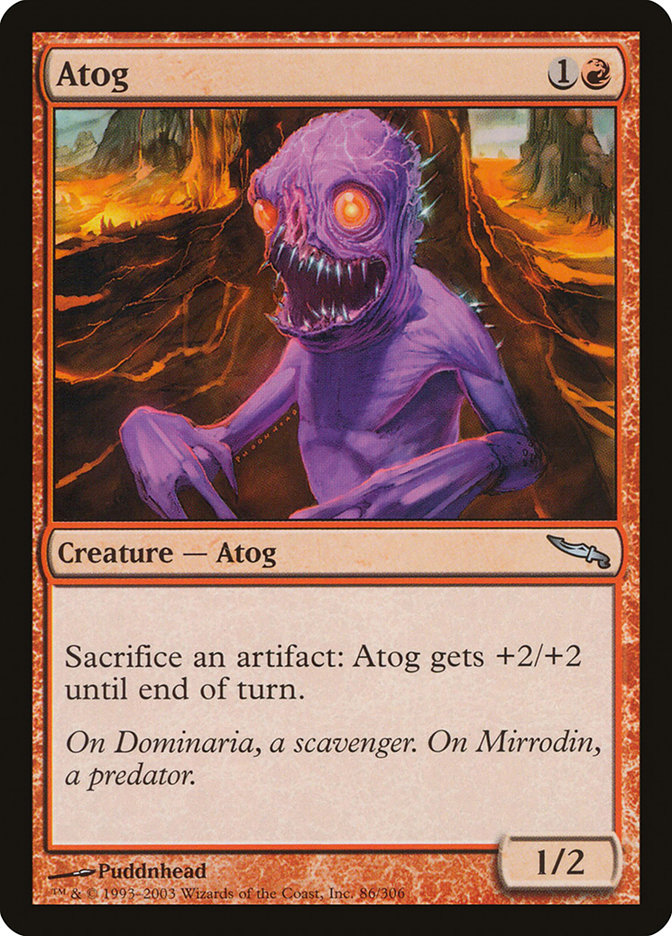
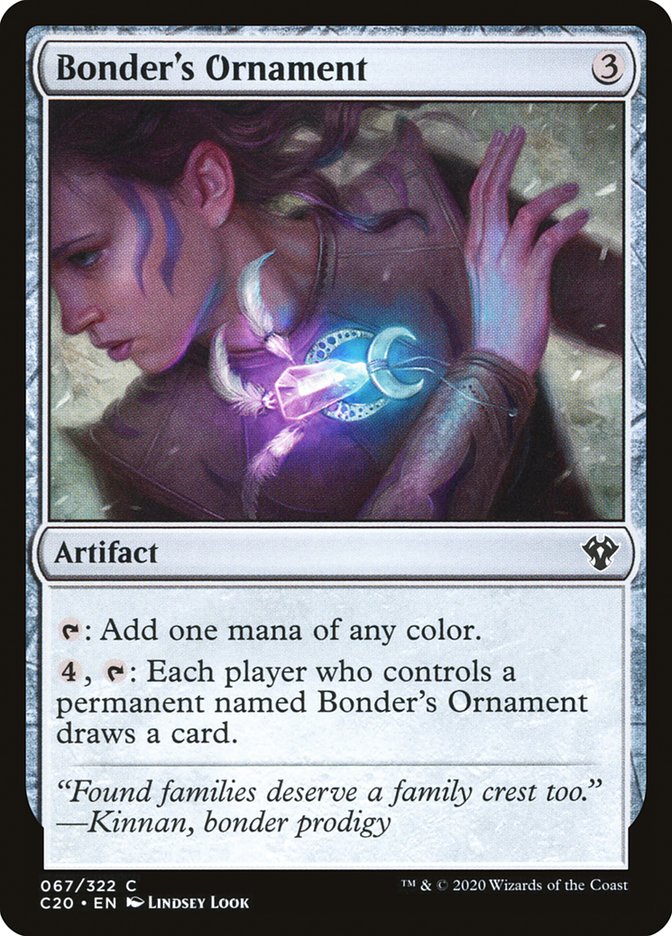
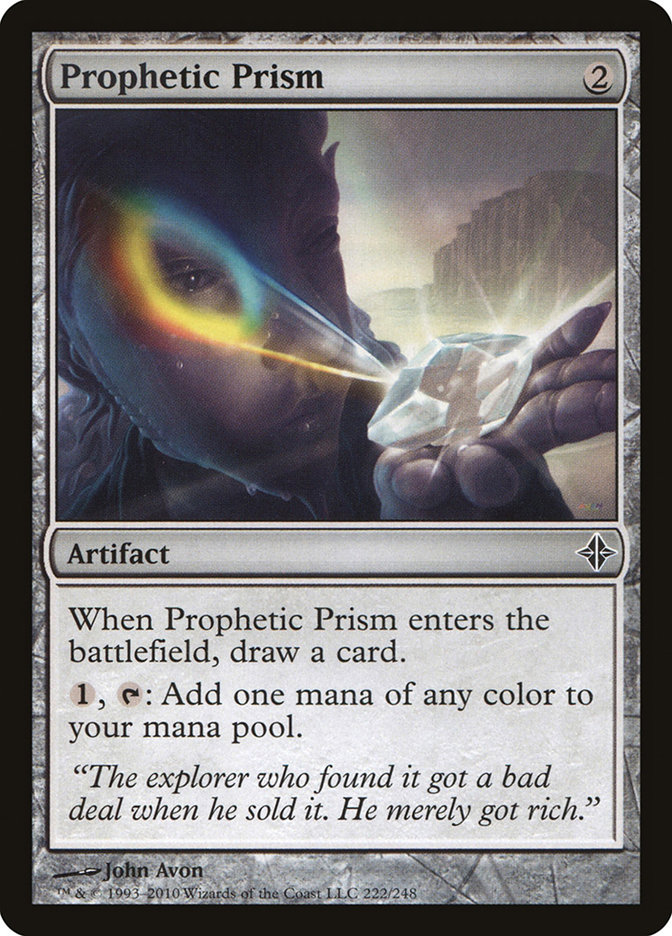
The long awaited debut ban by the Pauper Panel has finally arrived.
I’m pretty much satisfied with it as I can say that the single-target bans that were made to cripple (or maybe, to eradicate) the Affinity and Tron decks were the best options I was thinking of, as you can also read in my previous articles.
The ban of Prophetic Prism surprised me and, in the beginning, I was shocked due to the fact that it is a card primarily played in the two archetypes that were already nerfed: it was a sort of final blow that was meant to crush every hope of their return in the competitive scene.
Similarly to what was done with Arcuum’s Astrolabe, this action has shown the will to deny the possibility of free color splashes in the Pauper format but also to start an Affinity-and-Tron-free period in which the PFP can test the side effects of possible unbans of cards such as Expedition Map and Sojourner’s Companion.
This balancing was made through a two-step single-target ban approach; after identifying Affinity as the dominant deck and targeting it with a specific ban action, Tron was expected to be problematic to the healthiness of a format without one of its worst matchups and, for that reason, it has been decided to address it too.
Gavin Verhey didn’t want to go further down with previsions about possible future metagame outcomes and preferred to stop here in order to study the evolution of it.
Unfortunately, this falls within my theory of the “Spiral of Bans”, that is an endless circle in which archetypes are heavily crippled, once at a time and in succession, once they become dominant due to the previous set of action that was taken to fix the situation. This approach leads to an impoverishment of the metagame landscape, both in terms of general power level and variety of competitive archetypes, which would disappear due to the deadly blows they’d receive.
Nothing in common with an approach about multiple bans and unbans, that would require a huge period of testing on future metagame landscapes that could generate from the possible balancing actions. This would be a titanic challenge, which is quite the opposite of what is going on right now: “navigate on sight” hoping to randomly reach our destination.
I want to be clear: I’m not hitting hard the decisions that the PFP has made so far, since I’m aware that the kind of approach I’m suggesting is not applicable in a matter of a week. The decision that was taken was actually acceptable in my opinion and surely braver of banning Atog alone to then see what would happen next.
What’s Next?
Let’s now answer the tricky question about the situation of the metagame after this first balancing action taken by the PFP and, above all, how good it will be in terms of playability.
I expect a metagame divided in these categories:
• Faeries decks with Monarch;
• Ephemerate decks like Familiar Combo and Jeskai Metalcraft;
• linear decks like Aura Hexproof, Green Stompy, Elves, Burn, Boros Bully and Storm Decks.
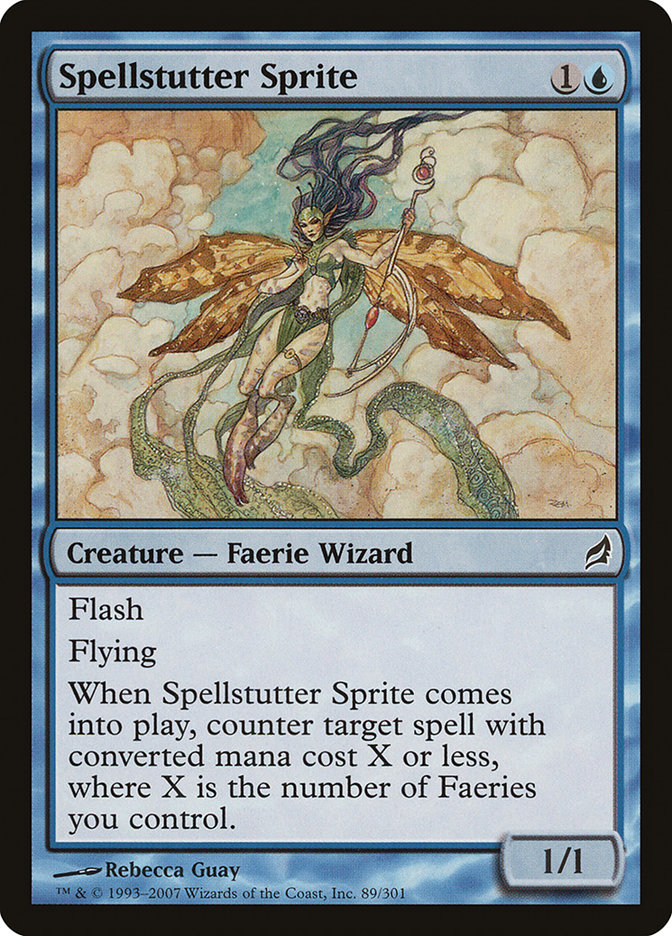
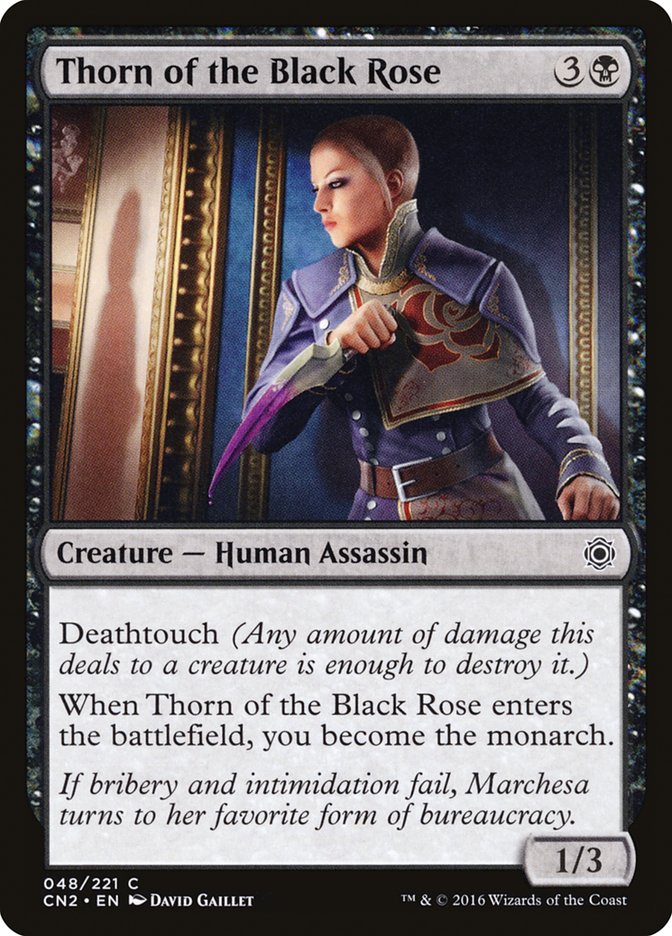
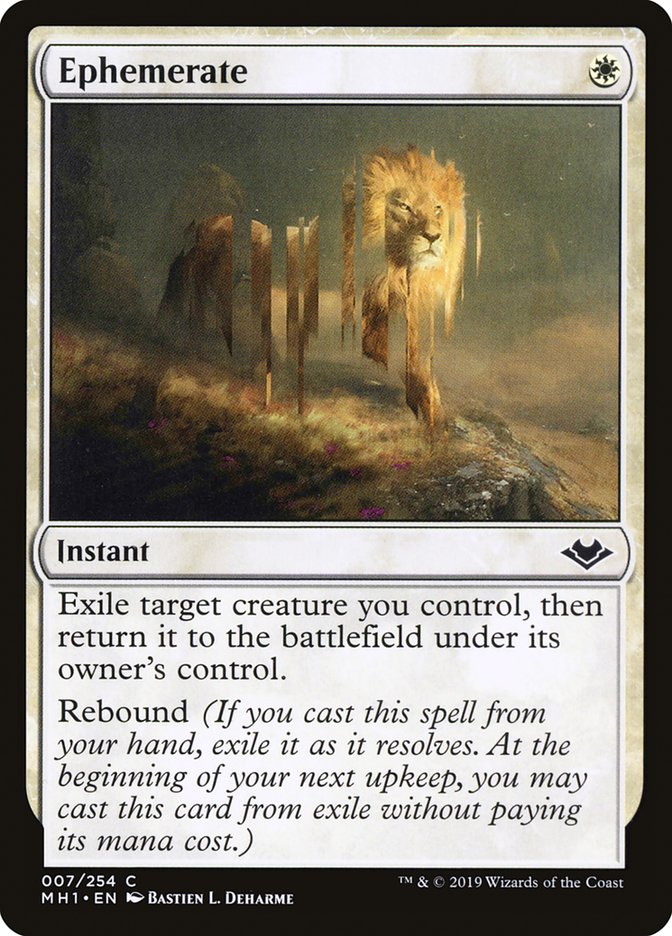
I’ll now expose a simple yet important concept about the Pauper format: in a metagame landscape with no real rivals, blue-based decks are capable of preparing (too) well against linear decks thanks to powerful hate pieces that can be found easily through the help of cantrip effects, card filtering and card advantage, which blue decks tend to have a lot. In a metagame with more variance, blue decks can’t set up as easily as that for every matchup, resulting in a far more interesting set of decisions about gameplay and deck building compared to the first example.
Honestly, I’m afraid that a metagame with no real variance is waiting for us around the corner and that we could risk a situation in which we will see maindeck Pyroblasts in order to face the oppression of the blue decks.
Maybe I’m just exaggerating and we will see the birth of new alternatives to blue decks that will be able to fight them in the mid-to-late game; decks like Boros Monarch with Golden Eggs, Jund Cascade with Bridgelands and Cleansing Wildfire or Pestilence Midrange could be the solution.
But I have a question that constantly recurs in my head.
I think that the Tron decks are pretty much unplayable without Prophetic Prism and Bonder’s Ornament and could only have some hope with the unban of Expedition Map, alongside the adoption of signets in maindecks.
After stating this, wouldn’t it be better if, alongside the bans of Atog and Prophetic Prism, we’d see a ban of the Urza lands, pushing away Tron decks from the format but leaving Cascade decks, Pestilence decks and Boros Monarch the access to Bonder’s Ornament to face the power of Faeries and Ephemerate decks?
Personally, I’m not a huge fan of Bonder’s Ornament but it could have been a useful tool to face Ephemerate blinks and the Monarch mechanic.
If they wanted to kill Tron decks why not doing that with the less possibile collateral damage to the variance of the format?
I do not totally blame PFP’s choice and rather I can say I’m mostly positively surprised; however, there’s the risk to close out the metagame around the power of blue decks that now don’t need to worry about Bonder’s Ornament anymore.
I think that good intentions and commitment are there but I still can’t see that step ahead in quality regarding testing and foresight that I keep dreaming about.
It is now the time to sum up and give my marks.
Pros:
• Deep explanations behind the reasoning of the bans
• No fear about brave and misunderstood decisions like the ban of Prophetic Prism
• Thoughts about unbans for over-nerfed decks.
• (vague) Predictions for the future metagame
Cons:
• The metagame that will form will not be enjoyable at first
• Concrete danger of a Spiral of Bans
Good intentions an process: 8.5
Foresight: 5.5
Final Mark: 7


